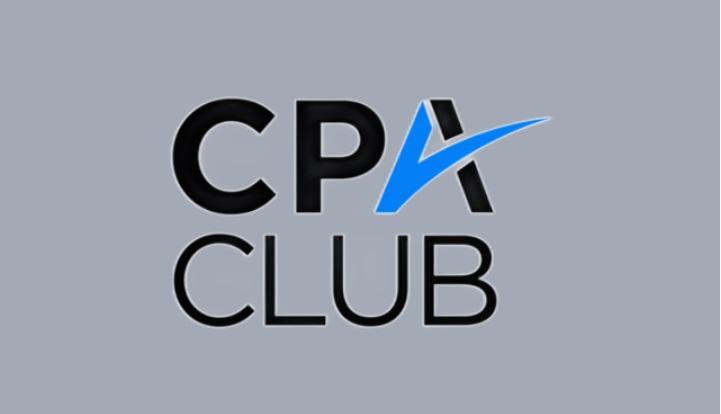The accounting profession faces a crucial truth: firms need to transform to remain relevant in the face of automation and commoditization of many of the firm’s core services. As we attend industry conferences and speak to firm leaders, we’ve found that most recognize this need. Unfortunately, too often we see firms make a critical mistake by confusing transformation with optimization.
Bringing in technology to optimize what your firm already does will not somehow transform your business model. So let’s take a look at the differences between optimization and transformation.
Optimization vs. transformation
Optimization improves the efficiency and effectiveness of your current services. If your firm’s current services are not generating the returns they used to, optimization can create incremental improvement. Those changes may even be substantial change hurdles. However, this alone will not allow your firm to compete with disruptors.
Transformation is about dynamically changing the way your firm allocates and deploys resources to generate better returns. Those resources include money, talent, ideas, physical assets and relationships.
Many firms talk about transformation, but what they’re really doing is optimizing processes. A good way to tell the difference is to keep in mind organization is a change to how your firm does something, whereas transformation is a shift in what your firm does.
How to optimize your current services
Optimization is important. Your firm should be taking advantage of outsourcing and technology to automate rote tasks and undergoing process improvement projects to ensure efficiency and quality in everything you do. This applies to traditional firm services such as tax, audit and client accounting services as well as billing, onboarding, consulting and more.
Make sure your people are properly trained to deliver services to clients and follow processes. Remember that optimization becomes ever more important as new services become established.
How to transform your firm’s business model
Transformation is difficult. That’s why people tend to avoid it and continue focusing on delivering the services they know best. To truly transform, firm leaders need to dig deeper.
1. Change your mindset
Create a new mental model of how your firm will grow and create value for clients. Remember, you don’t have to do everything yourself. Harness other people’s inventiveness and investments to create new value for your clients.
2. Develop a plan
Consider what transformation means for your firm. What is the firm’s three- to five-year vision? What steps need to be taken to achieve this vision? Get leadership in alignment with the next steps, document them and communicate your plan throughout the firm.
3. Integrate new technology into your operations
Optimization does have value. Consider how you can integrate new technologies and improve existing processes to optimize your current services. This will help you create the capacity to transform your firm.
4. Apply new metrics
The metrics you used to measure your former services (i.e., billable hours, realization, etc.) may no longer be useful in your transformed business. Choosing the right KPIs requires a good understanding of what is important to your organization. Consider measuring and benchmarking things like:
· Leverage – how well partners create work for non-partners to perform, freeing them up to focus on practice development, client relationships, rainmaking and mentoring
· Lifetime value of a client – the sum of all revenues generated from the firm’s service offerings over the lifetime of the client. This ensures new services are offered to long-time clients.
· Revenue growth per year – by service offering, by partner and by industry/niche
· Employee turnover rates – a significant part of the success of your firm depends on a stable workforce. If turnover is high, work to discover the reasons and address the problem.
These are just a few possible KPIs to consider. Benchmarking surveys, such as AICPA MAPS and peer groups are excellent resources for discovering other KPIs relevant to your firm.
Making adjustments to your existing operations year after year is attractive, even to innovative leaders. In fact, optimization is a given in firms today. But don’t fall into the trap of mistaking optimization for transformation. Be sure you have the right people working in each of these areas. The teams looking at improving processes (optimization) aren’t necessarily the right people to focus on the big picture (transformation). Look for innovative ways to do both.
Thanks for reading CPA Practice Advisor!
Subscribe Already registered? Log In
Need more information? Read the FAQs
Tags: Firm Management, Technology





